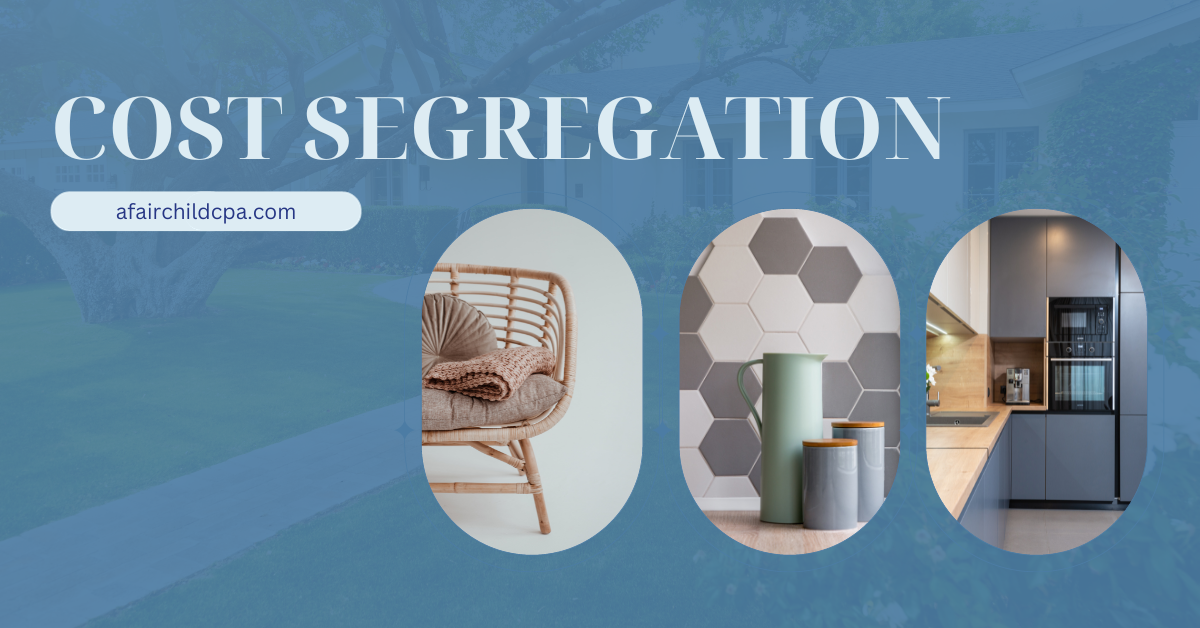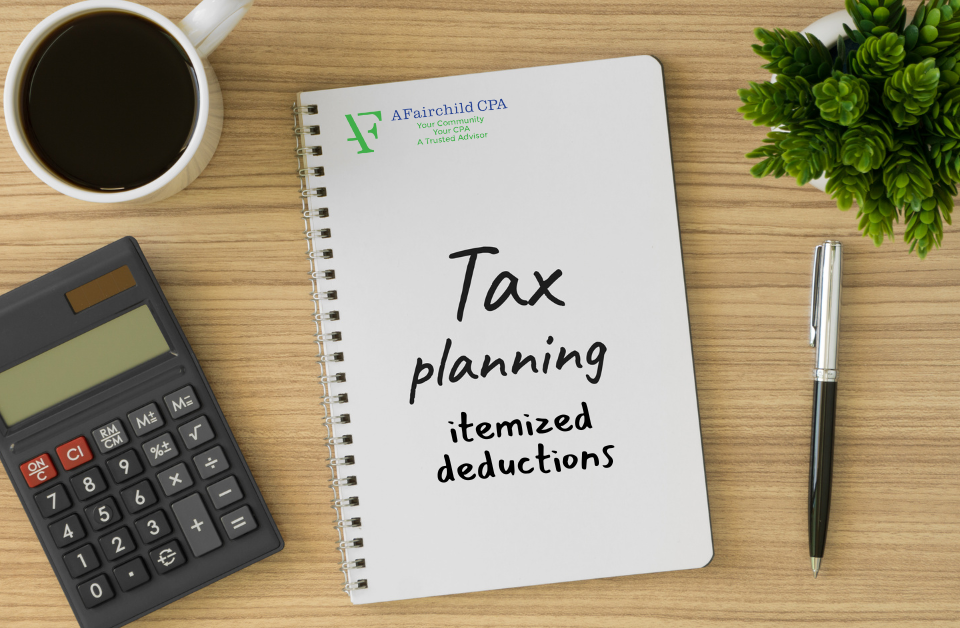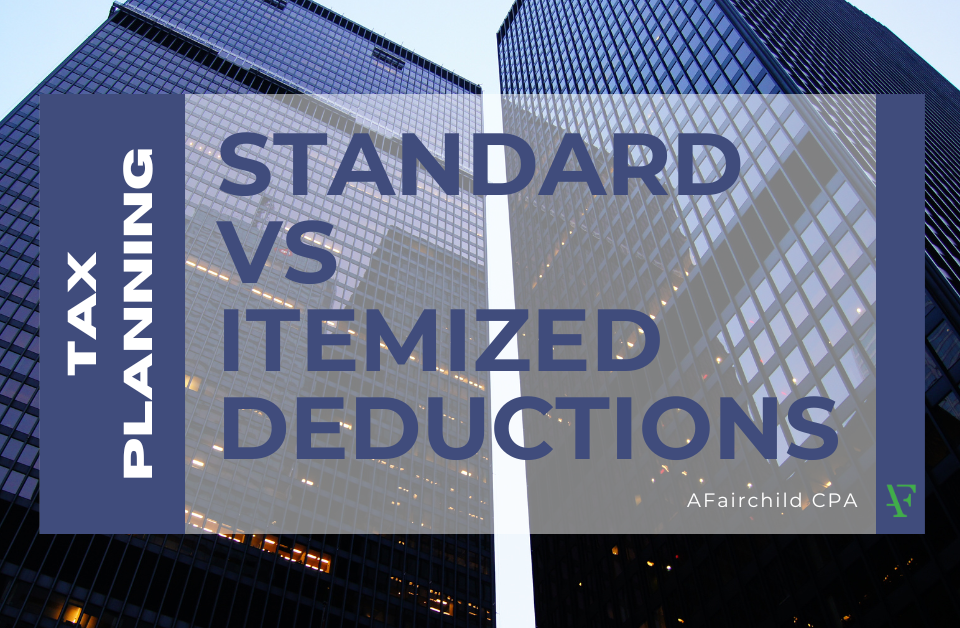
Tax Credits!
September 15, 2023
Kiddie Tax
September 22, 2023
Tax Benefits of Cost Segregation
Business and individual taxpayers that acquire nonresidential real property or residential rental property have an opportunity to reduce the depreciable lives on assets which are building components. Certain assets may qualify for shorter lives and recovery periods under MACRS depreciation. The reduction of the asset lives provides accelerated deductions to offset income.
Many taxpayers mistakenly include the cost of such components in the depreciable basis of the building and the cost is recovered over a longer depreciation period. A nonresidential real property is depreciated over a 39-year life and a residential rental property is depreciated over 27.5-years. Certain building components may qualify for a reduced recovery period over 5-years, 7-years, or 15-years.
Some examples of building components include: parking lots, sidewalks, curbs, roads, fences, storm sewers, landscaping, signage, lighting, security and fire protection systems, removable partitions, removable carpeting and wall tiling, furniture, counters, appliances and machinery (including machinery foundations) unrelated to the operation and maintenance of the building, and the portion of electrical wiring and plumbing properly allocable to machinery and equipment that is unrelated to the operation and maintenance of the building.
A taxpayer may engage a specialist to conduct a cost segregation study to identify the separately depreciable components and their depreciable basis. Ideally, a cost segregation study should be conducted prior to the time that a building is placed into service (i.e., when it is under construction or at the time of purchase). However, a cost segregation study can be completed after a building is placed in service. Even if a detailed cost segregation study is impractical, a practitioner should carefully consider whether there are any obvious land improvements and personal property components of a building that can be separately depreciated over a shorter recovery life.
The change to the depreciation lives requires either an amended return or an accounting method change (if two years after the property is acquired or placed in service). The reporting to the IRS includes the change of basis, depreciable lives, and any adjustments for the impact of the depreciation acceleration from the date placed in service to the year of the method change.
Contact Us Please contact our offices if you would like greater detail or information on how cost segregation may apply specifically to your situation and we can work with you to determine your best options.
Dial 214-731-7664 or email info@afairchildcpa.com




